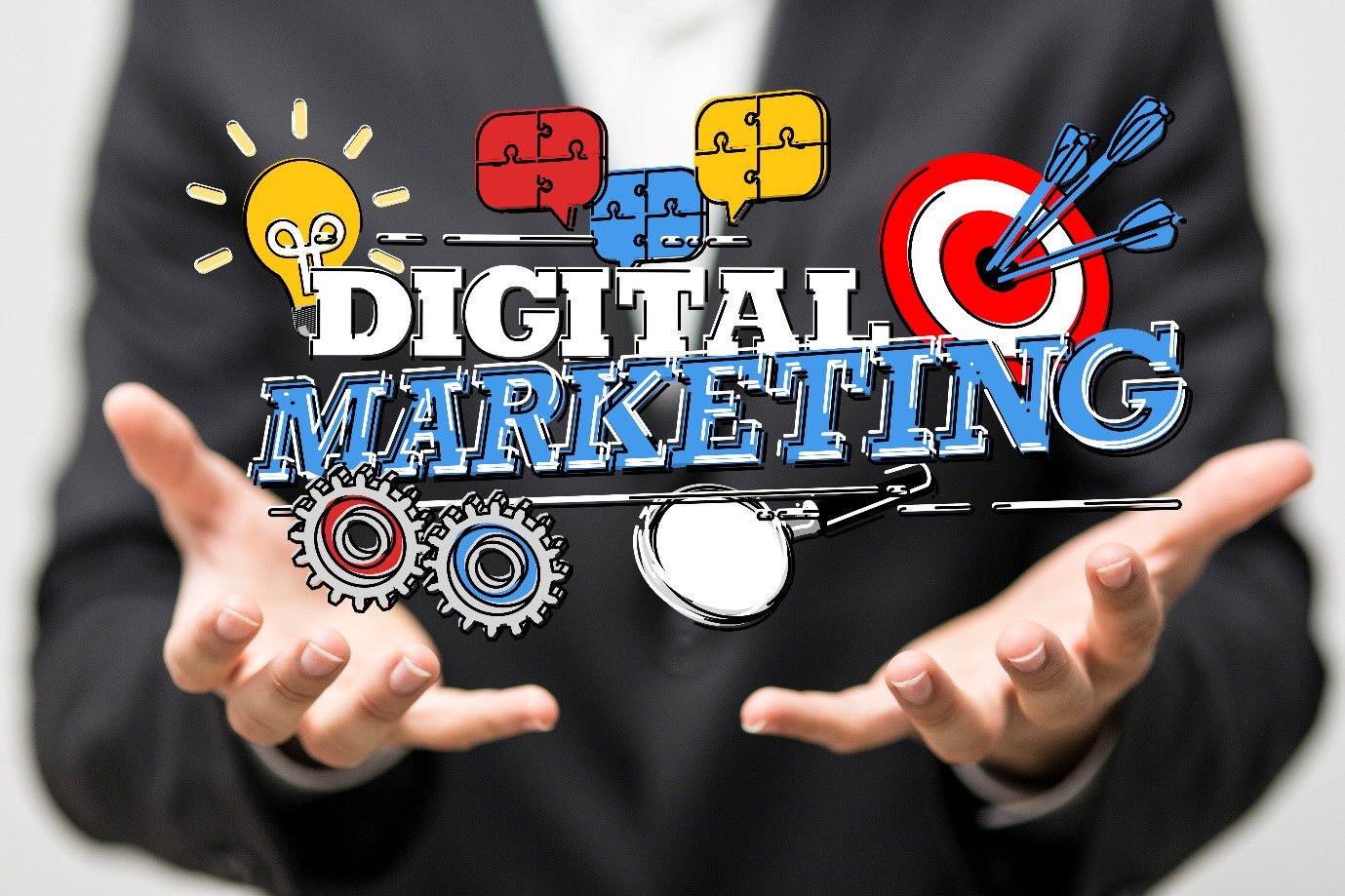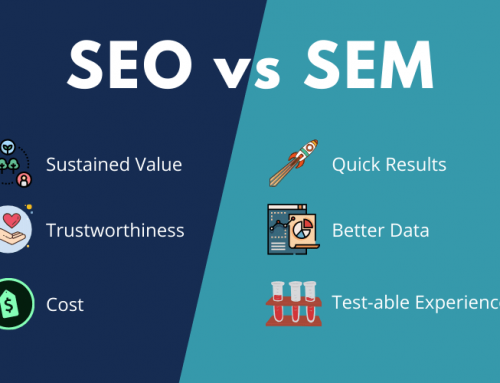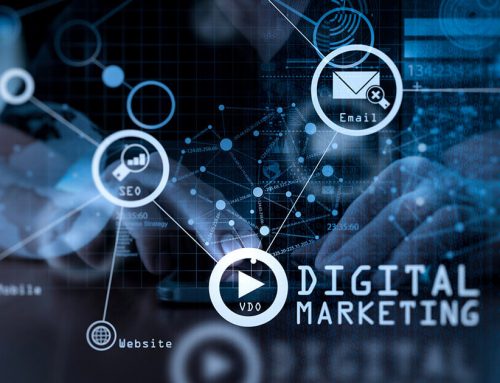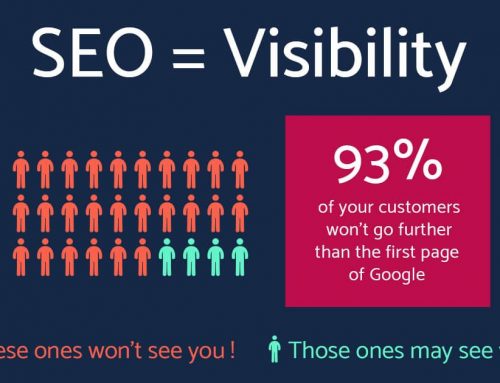In the fast-paced world of digital marketing, customer satisfaction is more than just a desired outcome; it’s the fuel powering long-term relationships. Nurturing customer happiness is not a simple process, but a journey entailing understanding, communication, and results-driven approaches.
Let’s dwell on fundamental processes of digital marketing for customer happiness in a modern way.
A Closer Look at Digital Marketing for Customer Happiness
Understanding Customer Needs and Behaviours
Insights into customer needs, preferences, and behaviours are instrumental in paving the way for higher satisfaction. By analyzing different customer segments – spanning age groups, geographic locales, or cultural backgrounds – we can delve deeper into what inspires them to interact with our services, as well as their potential pain points.
Crafting Customer Personas
These analyses birth ‘customer personas’—representational profiles that sketch our typical clients. Tailoring services to cater to these personas fosters a better understanding of our customers and aids in the design of more effective service offerings.
For stronger relationships and long-term loyalty, we need to anticipate customer needs and provide them with tailored services, fostering business growth and reputation enhancement.
Bridging Gaps through Words: Communication Strategy
Tailored Communications in Digital Marketing
The potency of effective communication lies in specific, tailored approaches. Establishing a communication strategy helps outline the nuances of communication — channels, frequency, reports, and progress updates — thereby building trust and nurturing customer satisfaction.
Reporting Results
Ultimately, results rule the roost. Adherence to specific goals, astute tracking of campaigns, and slicing complex data into comprehensible reports helps customers see demonstrable impacts.
In essence, when customers feel heard and valued, trust deepens, leading to a cemented partnership. Clear, punctual, and consistent communication makes way for further understanding of the client’s needs and expectations, fostering improved service delivery.
The journey to customer happiness in a digital marketing agency is a voyage of continuous learning and growth. Whether it’s understanding customers at a granular level or creating seamless lines of communication, delivering results rules paramount. It’s this combination of empathy, clear dialogue, and visible impacts that make a digital marketing agency a go-to solution for customers.
Unlocking the Potential of Digital Marketing: A Deep Dive into ROI for Top Strategies
In today’s fast-paced digital world, businesses are continuously searching for ways to maximize their return on investment (ROI) when it comes to digital marketing. With a plethora of strategies available, success varies depending on factors like industry, target audience, budget, and objectives. In this blog post, we’ll delve into the typical ROIs for five of the most commonly utilized digital marketing strategies.
1) Climbing the Ranks: The Impact of SEO on ROI
Search Engine Optimization (SEO)
The power of SEO lies in optimizing your website to secure an elevated ranking in search engine results pages (SERPs). With improved SERP rankings come increased website traffic, compelling leads, and potentially more sales. According to a BrightEdge study, businesses that invest in SEO strategies could expect an average ROI of 106%.
2) Harnessing the Power of Targeted Ads: PPC Advertising
Pay-per-click Advertising (PPC)
When it comes to PPC advertising, you’re paying for ads that appear at the top of SERPs or on other websites. The allure of PPC lies in its ability to target specific keywords and audiences. As Google’s study reveals, the average ROI for PPC advertising sits comfortably at $2 for every $1 spent.
3) Connecting and Engaging with Customers: Social Media Marketing
Social Media Marketing
Social media platforms like Facebook, Twitter, and Instagram play a major role in promoting brands and connecting with customers. The ROI of social media marketing isn’t always easy to gauge, but the potential rewards manifest in the form of increased brand awareness, customer engagement, and more sales. In fact, 72% of marketers in a HubSpot survey said social media has positively impacted their website traffic.
4) Strengthening the Direct Connection: Email Marketing
Email Marketing
Sending promotional emails to a list of subscribers offers an opportunity to target a specific audience and track the effectiveness of campaigns. DMA’s study found that email marketing generates an impressive average ROI of 42:1.
5) Establishing Authority Through Valuable Content: Content Marketing
Content Marketing
Content marketing is all about creating value-rich content, such as blog posts, videos, and infographics, to keep customers engaged and strengthen customer-business relationships. A study by Demand Metric confirms that content marketing can generate an average ROI of 3:1, spearheading growth and establishing your brand as a powerhouse in your industry.
Conclusion:
Understanding average ROIs for digital marketing strategies is ultimately a stepping stone in the right direction. However, knowing that these figures are merely averages—and recognizing that your actual ROI will depend on a host of specific factors—is equally important. By defining clear goals, diligently tracking your results, and tweaking your strategy based on insights from data-driven decision-making, the path to optimizing your ROI and unlocking your digital marketing potential will become clear.







Leave A Comment
You must be logged in to post a comment.